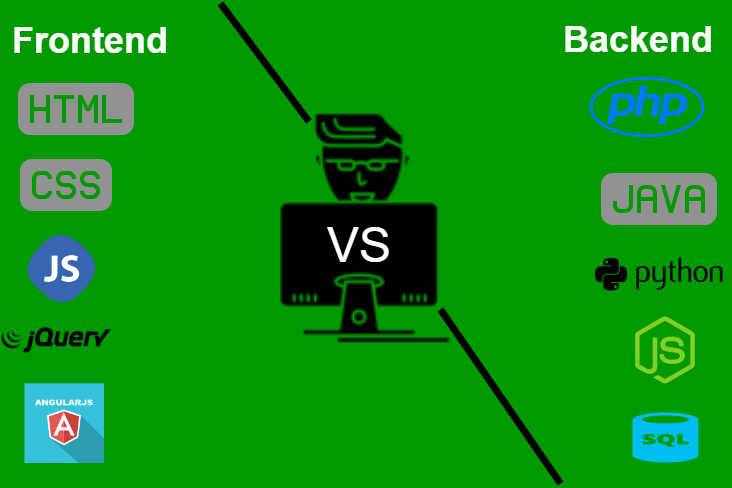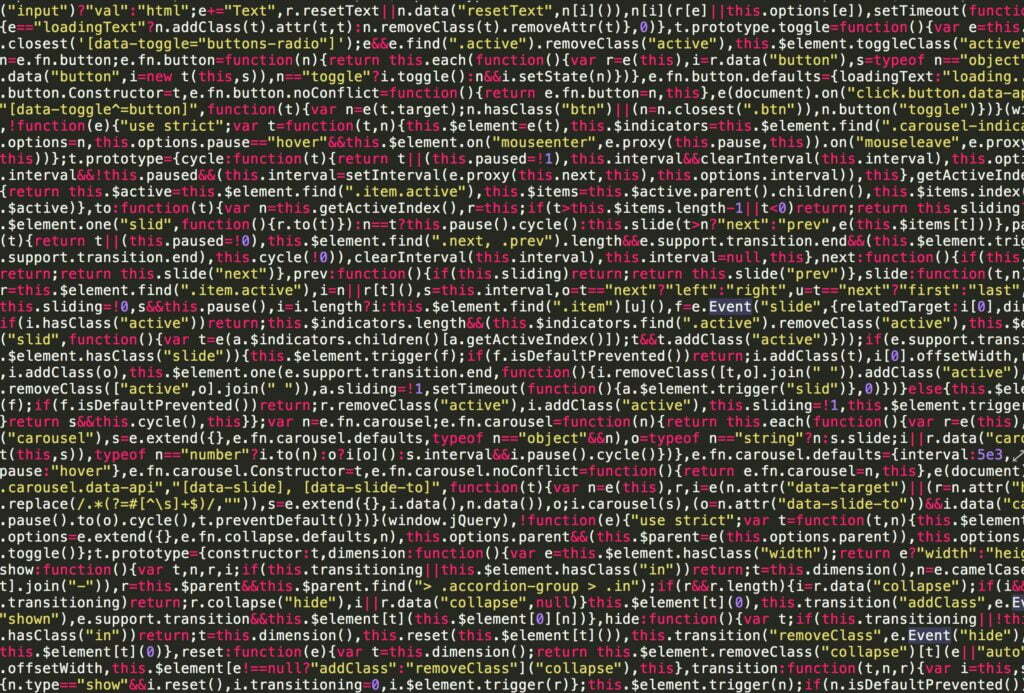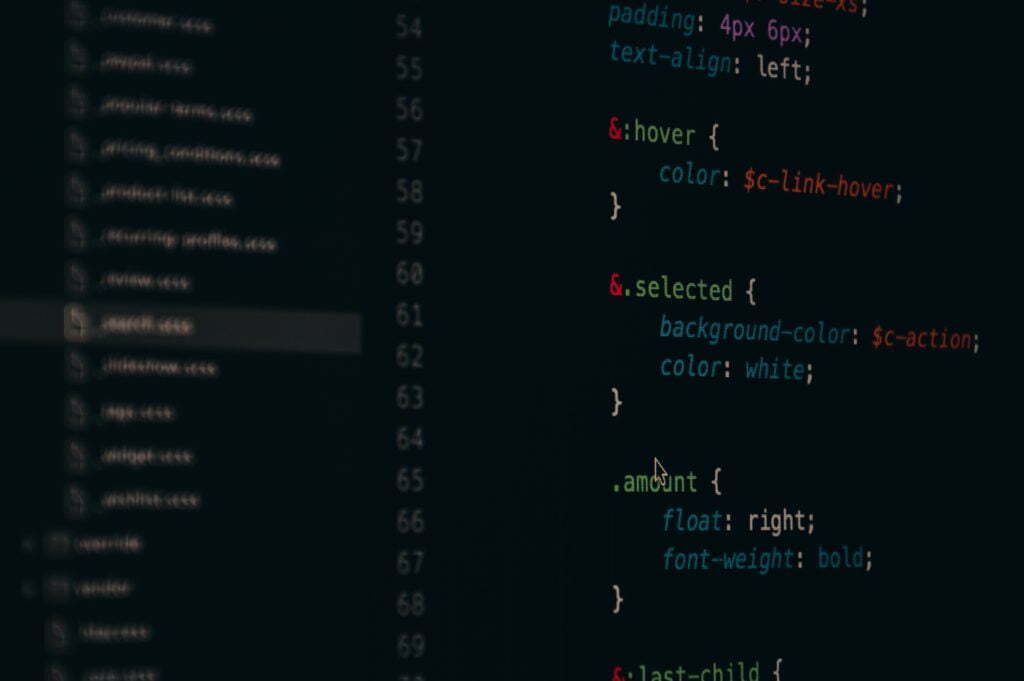It’s no secret that the IT industry has been growing over the past twenty years. This massive growth in IT can expand to every business and can potentially create a huge amount of jobs.
In fact, the IT business is booming right now and the hiring market is heating up.
Considering this, you will probably want to learn how to become a software developer.
The best thing about software development is the amount of industries it can be used in. You could be hired to write code for a video editing software, a tool that helps increase conversion rates in ecommerce or video games.
Whether you want to work on your personal AI, website or software, you will have to start in the same way. We are going to help you with that right now.
What is software development?
As the name suggests, software development is a process which helps create and deploy computer software products. It requires a certain set of activities and these include their design, development, testing and deployment.
The creation of a software involves, obviously, writing code. That’s what a software is: a set of instructions written in a coding language.
If your job is to either create or maintain a software, you are a software developer.
However, since the development of software is a complex process, there are multiple dedicated teams focused on certain parts of the process. Examples of those are testing, development of front-end and development of back-end.
Also, there are different types of software development, considering nowadays software can be found everywhere. You could develop software for cars, smart fridges and printers or develop applications for Android. You could develop a script for a website or design a video game. Software development can be found in almost every industry.
What does software developing involve?
Software development can be challenging.
There are a variety of steps that can and should be taken to be great at software development.
- Track and analyze the market and what users want and need. An example is the rising demand for HD conference calling services since the beginning of the pandemic.
- Carefully analyze previously written code, updating it, editing it and debugging it.
- Make a project and designing a complete software application.
- Make sure that a software works with an exploratory test.
- Make sure your code can be understood easily for future updates. It’s “easy” to write code. It’s hard to understand already written code.
Of course, software development can involve other tasks depending on what you are developing. The software development of a car is different from an android app.
Don’t let this list intimidate you, though! Almost every point of this list has a dedicated team. Usually, it works like this: a team that focuses on the requirements gathers user information and passes it to the analysis team. The analysis team converts the information into program requirements. The programming team makes sure to write code that can fulfill those requirements. Then, testers will, obviously, test the software and report any errors to the development team.
Front-end or back-end?
This is the first step you have to take: deciding whether you want to work in front-end, back-end, or both.
Obviously, if you want to do both, you’ll become much more valuable in the industry. You will make more money and will be more requested, but there is much more to learn.
And no matter how you put it, the difference between front-end and back-end is very profound. As much as programming languages might be similar to one another, they can be very different.
However, as previously said, you can learn both and become a full stack developer.
A full-stack developer is someone who manages to write both front-end and back-end efficiently. Of course, a full stack developer isn’t a “one-person team” who can do everything by himself. Still, it’s a very respected and requested position in the I.T. industry.
But let’s start with the definition of what front-end and back-end are, with simple examples.
Why do I have to make this choice?
Depending on what you choose, you will have to learn different programming languages.
As already said, some languages are similar to each other. Some of them are not, though.
And the difference isn’t only between programming languages. There’s also a difference in what you’ll directly be working on. If you work on the back-end of a project, you will focus on making everything work as smoothly and efficiently as possible. If you work on the front-end instead, you’ll most likely want to focus on the user and make the software user-friendly, easy to use and understandable.
People who work on the back-end tend to be more logical. People who work on the front-end tend to be more creative.
What is front-end?
Let’s say you are a content writer working at an agency, and of course, you write blog articles. Your employer wants you to create an interactive blog article called ‘what is high velocity sales for a company called “Mister Marketing”.
Now, since you have to make it interactive, you have to work on two sides: the side that can be seen and the side that cannot.
The front-end is the side that can be seen: in this case, it will be the interactive web page. It’s designed to make sure the users know their surroundings and know how to navigate.
Every line of code that can be seen or interacts with the user is front-end.
What is back-end?
Every line of code that elaborates data and cannot be seen by the user is back-end.
Back-ed
Programming languages: what are they? Which ones should I learn?
Programming languages are languages used to write lines of code. Every language is different from each other. Some languages might function somewhat in the same way (like object-oriented languages).
If you are looking to be a front-end developer, you will need to learn:
- HTML, HyperText Markup Language. It’s used in web pages like this one. It defines what your web browser sees.
- CSS, Cascading Style Sheets. As the name suggests, it’s used for the style of an HTML page. The CSS language will determine everything that concerns design.
- JavaScript, a scripting language. Working alongside HTML and CSS, it makes sure the webpage can run some small scripts and make the page more dynamic.
If you are looking to be a back-end developer, you will need to learn:
- Java, it’s similar to JavaScript, but for the back-end development of software instead of websites. It’s a language used for writing all sorts of software: from VoIP services to all sorts of SaaS.
- Python, it’s very popular and a lot easier to understand and use compared to other languages. Don’t worry: being easy doesn’t make it less powerful. Instead, it might be the most requested back-end language in the IT industry.
- C#, called “C Sharp”. It might not be as requested as Java or Python, but it’s still efficient. Some people claim that C# is dying, but we disagree. In particular, is the most popular language used in programming video games. So, if you want to become a video game developer, check it out.
How do I learn programming languages?
There are different ways of learning programming and software development.
The first one is school or college.
A degree (in Computer Science, Software Engineering or Information Technology and Information Systems) is the overall best way to achieve the basics.
However, you might not get the right training on the requested programming languages that employers are looking for.
Sometimes universities tend to lean on teaching more languages than others. And sometimes those aren’t very useful in the “jobs world”.
Even though you might not learn Python, you will learn the complete package: theory and practice. And if you have good comprehension skills, you can learn a programming language by yourself or on the job.
Or, you could go with the self-directed learning way and teach yourself programming.
The pros are, of course, you manage everything. You manage the budget, the time spent on learning and the responsibilities.
The cons are the same. If you are not great at time management, you won’t spend enough time learning. Or you will manage your time badly, and you won’t learn anything.
But, if you know how to learn, this might be your best choice. You can focus on ONLY what the employers are looking for.
Without a degree, you won’t go that far, sadly. But with start-ups, that won’t be a problem.
Another way of training yourself is through a coding boot camp. It’s efficient and it just works.
The best solution might be a mix of both. You study at home what you don’t study in college and vice versa. This should grant you a 360 degrees understanding of IT.
Soft skills are important too
The difference between soft and hard skills is very simple.
Let’s say you have to work on an app that helps with SEO competitor analysis.
The project is going great. Suddenly, management wants to know how the process is going. This can be tricky and having great communication skills is vital in this case. You cannot just say “It’s fine”. You’ll need to explain how the development process is going, explain the terms involved (SEO, for example) and what the next steps are.
If you have strong soft skills, that won’t be a problem. If you have weak soft skills, it will.
So, soft skills are skills that aren’t job-related but can be used in almost every type of job out there. These include but aren’t limited to teamwork, analytical skills, creativity, innovation and problem-solving.
The ones cited are the most important ones for a software developer.
And if you are not that great at them, do not worry. Soft skills can be learnt.
Our last tip
Programming is often more practical than theoretical.
Meaning that the more you write code, the better a software developer you will become.
Practice makes perfect.
Write code, program and have fun. There are a lot of simple little projects you can start with.
Because in the end, that’s the key: having fun. Programming is much more difficult than you might think. If you are not having fun while doing it, it’s going to be even harder.
The path to learning software development isn’t easy. But if you put enough time and effort, you will be rewarded.









0 Comments